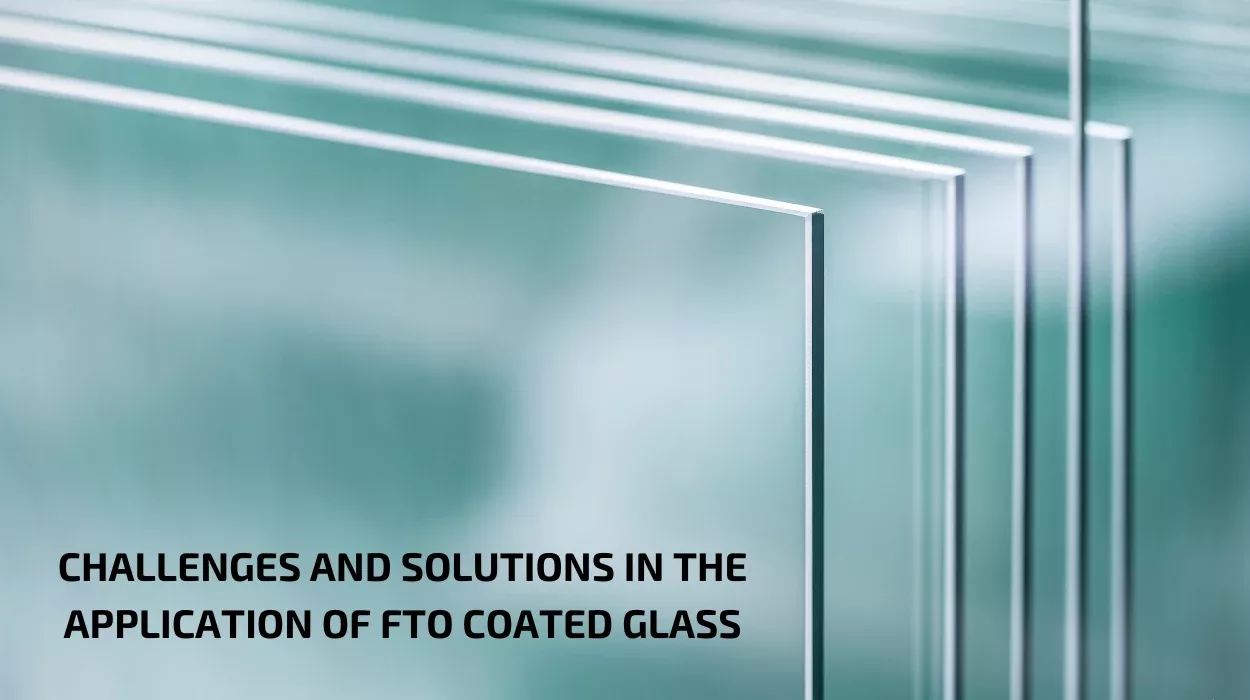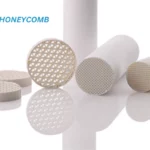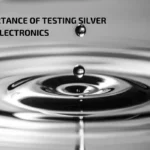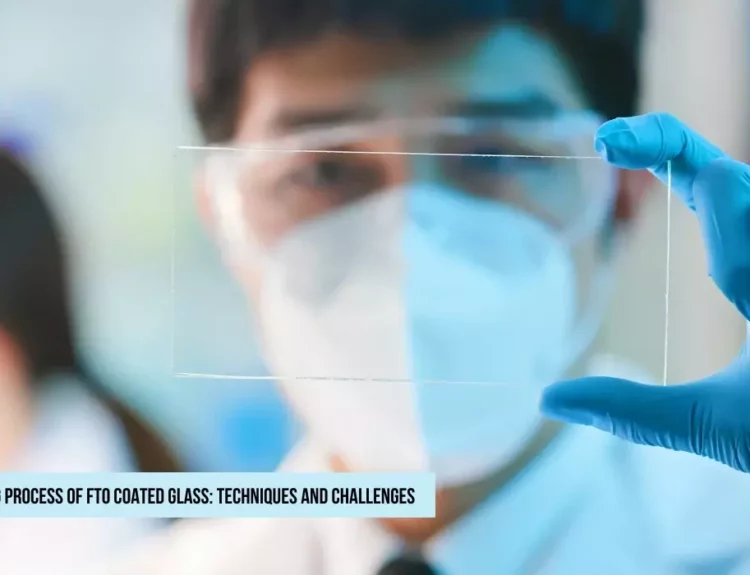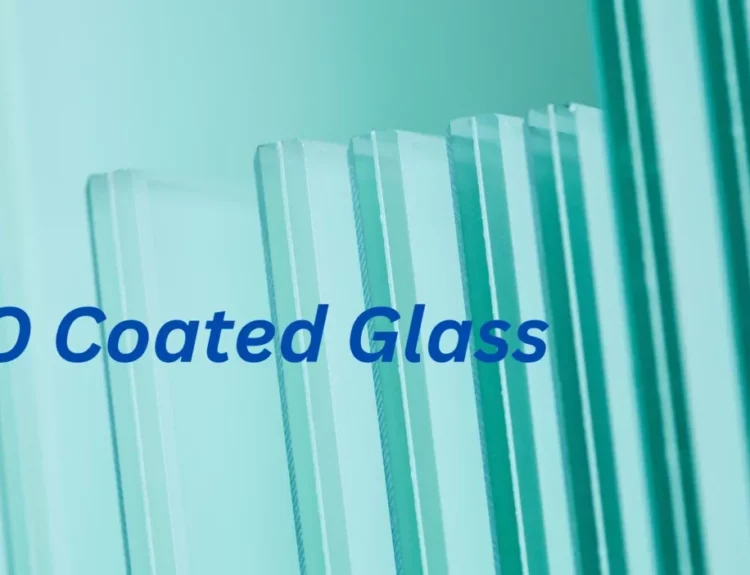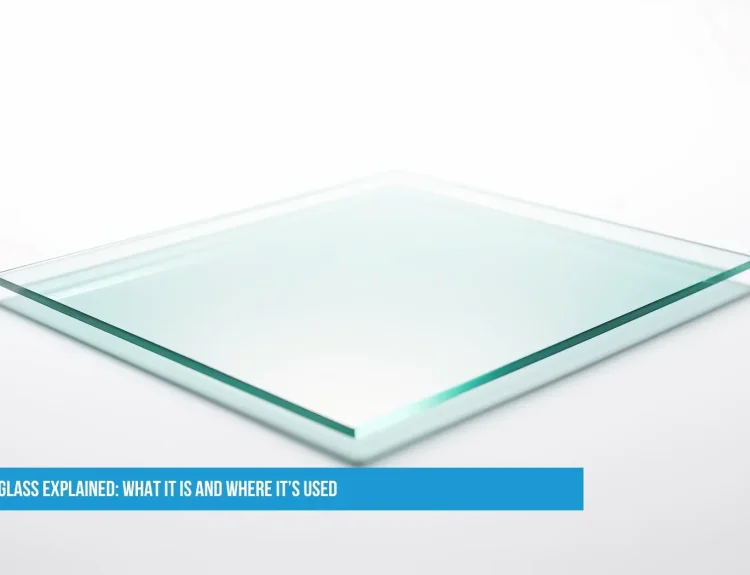FTO (Fluorine-doped Tin Oxide) coated glass is a versatile material widely used in various technologies, from solar cells to touchscreens. While it offers excellent conductivity and transparency, applying FTO coated glass has its own challenges. Let’s explore these challenges and the solutions that can help overcome them.
Buy FTO Coated Glass
1. High Production Costs
Challenge: Producing FTO coated glass is expensive. The process requires specialized equipment and materials, making it costlier than other conductive coatings.
Solution: Research and development focus on finding cost-effective methods to produce FTO coated glass. Innovations in manufacturing techniques, such as using cheaper raw materials or more efficient coating processes, can help reduce costs. Additionally, scaling up production can lower the overall expense through economies of scale.
2. Durability and Longevity
Challenge: In some applications, FTO coated glass can degrade after a specific time interval due to environmental factors like humidity and temperature changes. This can affect its performance and longevity.
Solution: Enhancing the durability of FTO coated glass can be achieved by adding protective layers or using advanced sealing techniques. These methods can help shield the glass from environmental damage, ensuring it remains functional for longer.
3. Surface Uniformity
Challenge: Achieving a uniform coating of FTO on glass is crucial for its performance. Any inconsistencies can lead to uneven conductivity and reduced efficiency, particularly in applications like solar cells and displays.
Solution: Improving the precision of the coating process is essential. Advanced deposition techniques, such as chemical vapor deposition (CVD) or magnetron sputtering, can ensure a more even and consistent coating. Regular quality control checks during production can also help maintain uniformity.
4. Electrical Performance
Challenge: While FTO coated glass is conductive, its performance can vary based on factors like the thickness of the coating and the quality of the glass. Ensuring optimal electrical performance is critical for its use in electronic devices.
Solution: Fine-tuning the coating process to achieve the right balance between thickness and conductivity is vital. Using high-quality glass substrates and optimizing the doping level of fluorine can enhance the electrical performance of FTO coated glass.
5. Compatibility with Other Materials
Challenge: FTO coated glass must work seamlessly with other materials in many applications. Issues can arise if there is poor adhesion or chemical incompatibility between the FTO layer and other components.
Solution: Ensuring compatibility involves selecting materials that bond well with FTO coated glass and do not react adversely. Using adhesion promoters or surface treatments can improve bonding. Additionally, thoroughly testing material combinations can identify potential issues before they become significant problems.
6. Scalability of Production
Challenge: As demand for FTO coated glass grows, scaling up production to meet this demand without compromising quality is challenging.
Solution: It is crucial to invest in scalable manufacturing technologies. Automation and advanced production techniques can help increase output while maintaining high quality. Collaborating with industry partners and research institutions can also drive innovations that support large-scale production.
Conclusion
While there are several challenges in applying FTO coated glass, ongoing research and technological advancements provide practical solutions. By addressing issues related to cost, durability, surface uniformity, electrical performance, material compatibility, and scalability, the industry can harness the full potential of FTO coated glass.


